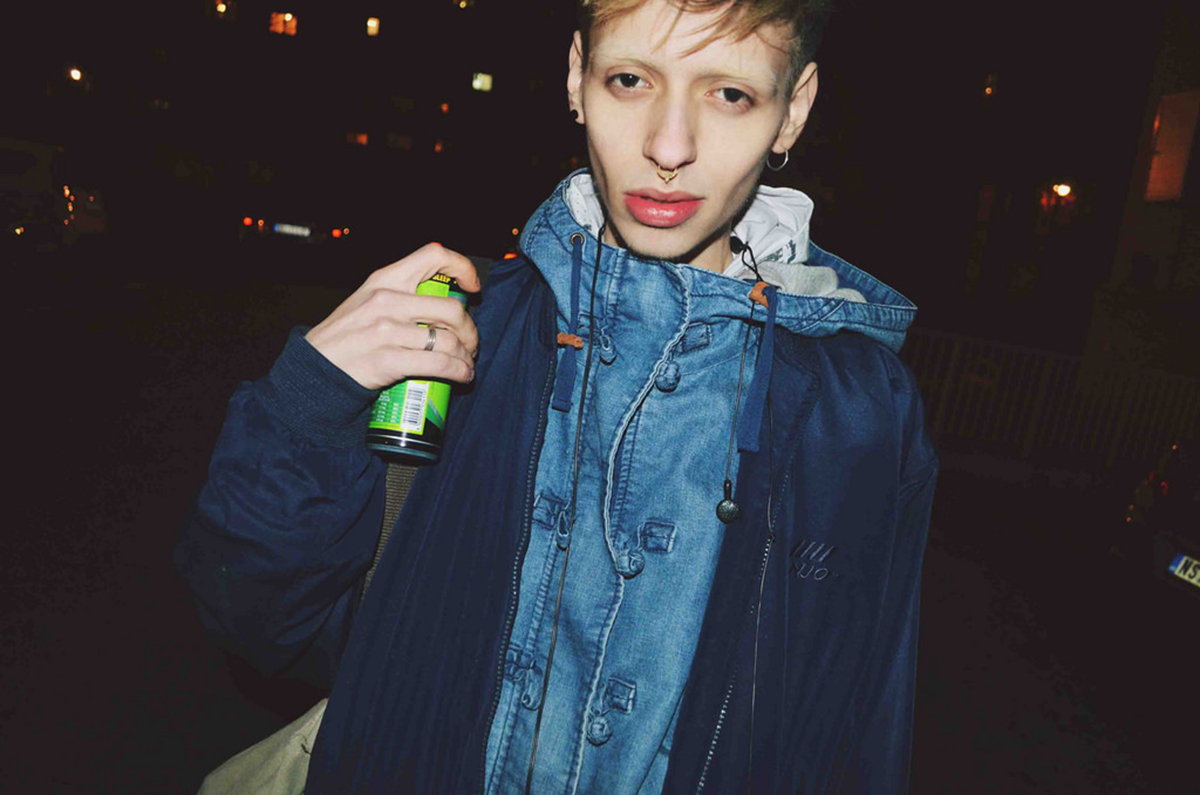Table of Contents
What's the downside of binge drinking if no one gets hurt? The reality is, many people do get hurt as the result of actions and decisions made while drunk, but even if a safe place for drinking can be provided (and that isn't to say it's a good idea to provide it), repeated teenage binge drinking can result in even more unhealthy changes in brain activity.
One of the areas of the brain that is affected by drinking is the amygdala. This region of the brain is a kind of fear center. It's the part of your brain that makes you just a little paranoid to keep you safe. When you binge drink of a regular basis, your brain severs connections between the amygdala and the pleasure centers of your brain. This keeps you from becoming so relaxed that you might put yourself in danger. However, it also keeps you a heightened state of alert when you aren't drinking.

But when you drink again, the brain severs even more connections between pleasure centers of your brain and your amygdala as a matter of self-preservation. The more you indulge in binge drinking, the more you want and even need to indulge in binge drinking.
Ten or twenty years from now, scientists may have unraveled the mysteries surrounding how a compound called histone deacetylase 2 causes DNA in the amygdala to "ball up" and stop producing the proteins that keep this part of the brain plugged into the brain as a whole. Drugs currently used to regulate histone deacetylase 2 in lung cancer may help alcoholics deal with the anxiety that drives them to drink. However, in the meantime, it's best to nip binge drinking in the bud. Here are some things parents can do:
- Know where your teen is and what your teen is doing, without "hovering."
- Help teens develop the social skills and participatory skills that help them interact in non-destructive ways.
- Present a realistic view of teenage life. Some teens engage in binge drinking, but most do not. It's not something a teen has to do. About one in five teenagers engages in binge drinking every month, but that means four in five don't.
- Present yourself as a role model of responsible use of alcohol. "Binge" drinking consists of having three to four drinks in a three-hour period. If your teen sees you unwinding with three, four, five, or more drinks after work at home, the clear message is that binge drinking is OK. You may need to change your own habits for the sake of your children.
READ Death By Saturday Night: How Binge Drinking Reaches Out Into The Week
Frequent drinking is not as big a problem as binge drinking. Use alcohol in moderation to provide a role model for your children, or, if you are a teetotaler for personal or religious reasons, make sure your teen understands your choices and provide positive outlets for exploration and energy.
- Olsson CA, Romaniuk H, Salinger J, Staiger PK, Bonomo Y, Hulbert C, Patton GC. Drinking patterns of adolescents who develop alcohol use disorders: results from the Victorian Adolescent Health Cohort Study. BMJ Open. 2016 Feb 11
- 6(2):e010455. doi: 10.1136/bmjopen-2015-010455. PMID: 26868948.
- Photo courtesy of goincase: www.flickr.com/photos/goincase/5143421728/
- Photo courtesy of littlesourire: www.flickr.com/photos/littlesourire/13304243655/
- Photo courtesy of goincase: www.flickr.com/photos/goincase/5143421728/


Your thoughts on this